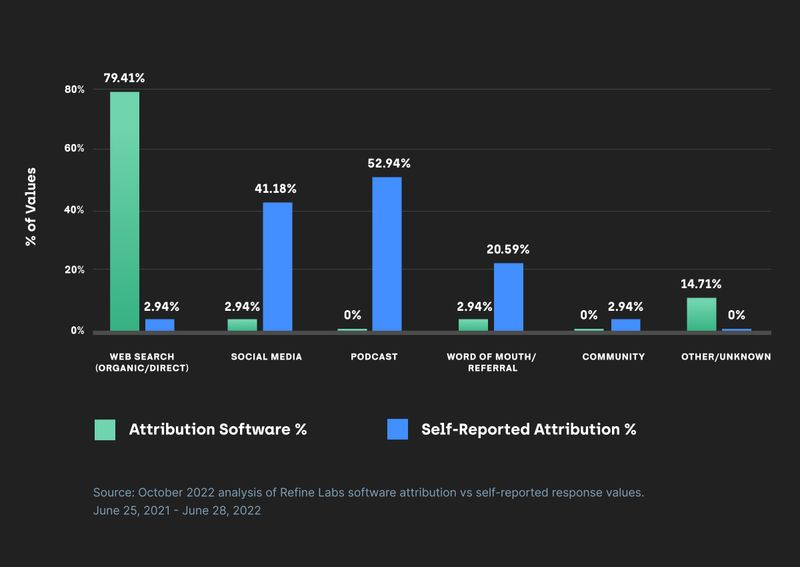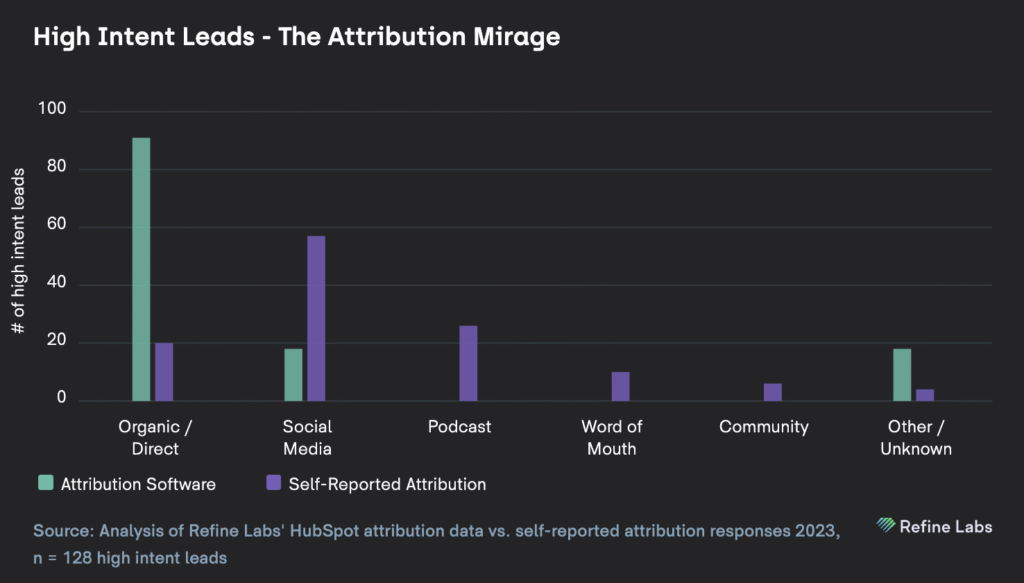If you’re tracking your hotel’s marketing performance the traditional way — through UTMs, analytics, and CRM data — you’re only seeing part of the picture. There’s a whole world of referral traffic happening behind the scenes, and it’s called dark social.
For the hospitality industry, where word-of-mouth and personal recommendations are already king, dark social is a massive blind spot — but it’s also a huge opportunity.
What is Dark Social?
Ever read a blog or see a post on social media, then screenshot to text or email? That is an example of dark social.
Dark social refers to traffic and engagement that comes from private or semi-private channels — think direct messaging apps (like WhatsApp, Messenger, and Instagram DMs), email shares, or even private Slack groups.
Chris Walker, CEO of Refine Labs, has great content on LinkedIn and YouTube around dark social, as it relates to the B2B space.
Basically, anywhere your content is shared without traditional tracking parameters. When a potential guest texts your link to a friend, or a corporate planner shares your hotel’s meeting space page via email, it shows up in Google Analytics as “Direct” — but it’s not someone typing your full URL into the search bar.
In hospitality, personal recommendations aren’t just nice-to-haves — they are often the deciding factor.
The Surprising Data around Dark Social
A Refine Labs data study concluded there was a 90% measurement gap in what software-based attribution is claiming versus what first-party customer-led data is showing.

And again in 2023

Why Should Hotels Care About Dark Social?
Hospitality brands, especially hotels and restaurants, rely heavily on data-driven marketing. But if you only optimize for what you can measure, you might be missing critical early-stage influence happening off the grid.
Here’s why dark social matters for hotels and restaurants:
- Higher trust factor: A friend recommending your hotel through a text has 10x the trust factor of a paid ad.
- Shorter decision cycle: Guests who hear about you through private referrals often move faster through the booking funnel.
- Missed attribution: You might think your organic search is crushing it — when really it’s a private LinkedIn message that sent that high-value corporate client your way.
Ignoring dark social doesn’t just skew your data — it creates missed opportunities to amplify the conversations already happening.
How Hotels Can Leverage Dark Social (Even If We Can’t Track It)
You can’t fully “own” dark social, but you can influence it. Here’s how:
1. Make Your Content “Share-Worthy”
If you want hotel guests or meeting planners to share your content, give them a reason. Create assets that are visually appealing, easy to digest, and emotionally resonant — like behind-the-scenes property tours, event space walkthroughs, or “top 5 reasons to stay” lists for your city.
2. Optimize for Screenshots
Crazy but true: a lot of dark social sharing is a simple screenshot and send. Make sure your promotions, packages, and hotel info pages look good even when they’re captured and cropped. Clean visuals matter.
3. Focus on Brand Sentiment
Encourage loyalty and positive reviews, not just through TripAdvisor and Google, but directly with your guests. Remember, happy guests are your best dark social ambassadors.
4. Use Social Listening
While you can’t track private shares, you can monitor public conversations for hints. Pay attention to your brand mentions on Instagram Stories and LinkedIn posts. What are guests organically sharing or saying about you?
5. Educate Your Sales and Front Desk Teams
Your team often hears feedback that never hits an online review. Teach them to recognize verbal “dark social” and pass insights back to your hotel marketing teams.
Bottom Line: Dark Social for Hotels
Dark social isn’t a glitch in your reporting — it’s a fact of modern guest behavior. The goal isn’t to obsess over perfect attribution but to build a hotel experience worth talking about — even when you can’t see it happening.
For hotel marketers, it’s time to think beyond just clicks and conversions. The real influence may be happening where the analytics can’t reach — but your guest experience, content quality, and brand story still can.



